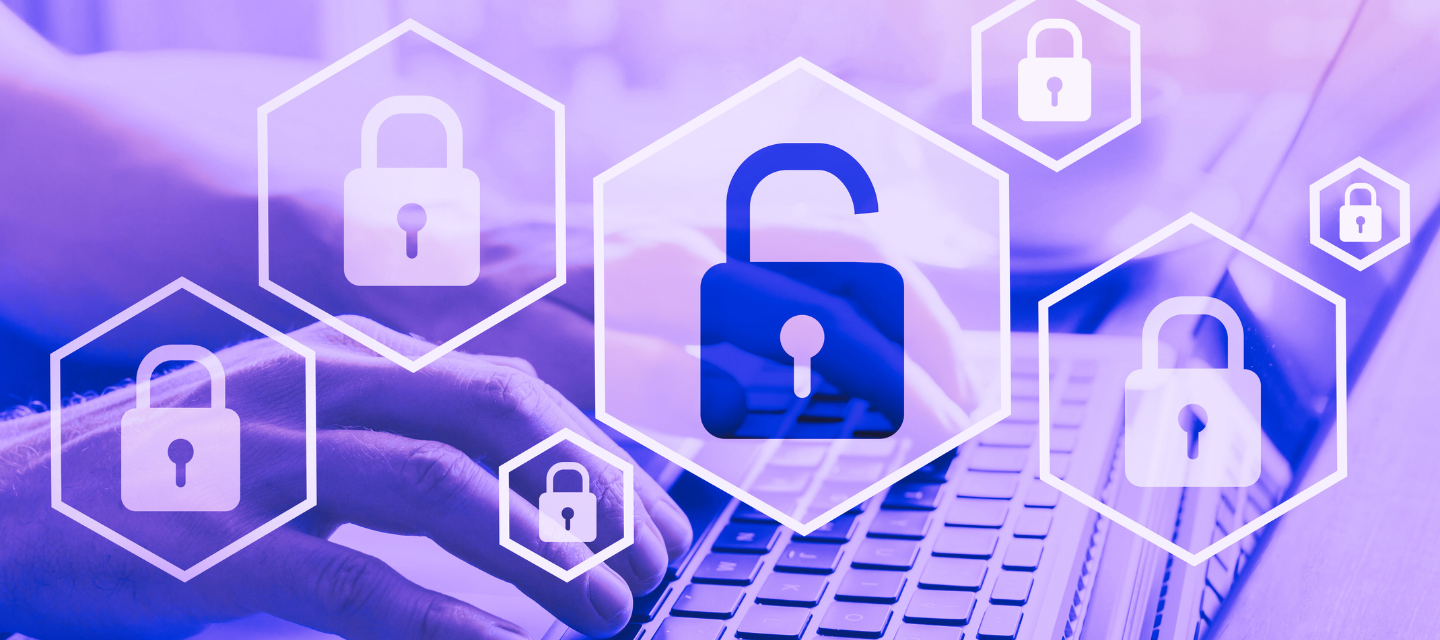The problems here are about cybersecurity challenges in healthcare organizations that are significant and pose serious risks to patient safety, data security, and overall operational integrity. ThreatModeler, a threat modeling tool, can play a crucial role in helping healthcare organizations address these challenges.
Threats to Healthcare
Cyber-physical systems vulnerabilities
The increasing interconnectivity of cyber-physical systems in healthcare makes them vulnerable to cyberattacks. An attack on these systems can have devastating consequences for patient care and safety.
High incidence of cybersecurity Incidents
The healthcare sector is experiencing a high incidence of cybersecurity incidents, including those affecting critical systems like medical devices and building management. These incidents can disrupt care delivery and compromise patient data.
Ransomware threat
Ransomware attacks are prevalent in healthcare, and some organizations have paid ransoms, which is not advisable. Paying ransoms can be expensive and may not guarantee data recovery.
Budget constraints and talent shortage
Healthcare organizations face budget constraints and a shortage of cybersecurity talent, which hinders their ability to defend against cyber threats effectively.
Complex regulatory environment
Healthcare organizations must navigate complex and evolving regulatory requirements, which can be challenging and resource-intensive.
How ThreatModeler Can Help
Identifying vulnerabilities
ThreatModeler can assist in identifying vulnerabilities in the interconnected cyber-physical systems by modeling the system architecture and assessing potential attack vectors. This helps organizations proactively identify and mitigate risks.
Risk assessment
The tool can facilitate risk assessments by quantifying the impact and likelihood of cyberattacks on critical systems. This information enables organizations to prioritize cybersecurity efforts effectively.
Security by design
ThreatModeler promotes a "security by design" approach, allowing organizations to integrate security measures into the development of healthcare systems and devices from the outset.
Compliance management
It can assist in mapping regulatory requirements and guidelines to the organization's security controls and processes, helping healthcare organizations ensure compliance with evolving standards.
Cost-efficiency
By identifying potential vulnerabilities early in the design and development phase,
ThreatModeler can help organizations avoid costly incident response and recovery efforts.
Addresses talent shortage
ThreatModeler's automation and visualization capabilities can empower existing security teams to be more efficient, potentially mitigating the impact of the cybersecurity talent shortage.
Documentation and reporting
The tool can generate documentation and reports that is valuable for demonstrating compliance to regulatory authorities, auditors, and stakeholders.
ThreatModeler can assist healthcare organizations in proactively addressing cybersecurity challenges by identifying vulnerabilities, assessing risks, promoting a security-first approach, ensuring compliance, and optimizing security resources. It can be a valuable tool in strengthening cybersecurity and safeguarding patient safety and data in the healthcare sector.
Don't leave your patient data and operations at risk. Act now with ThreatModeler!




